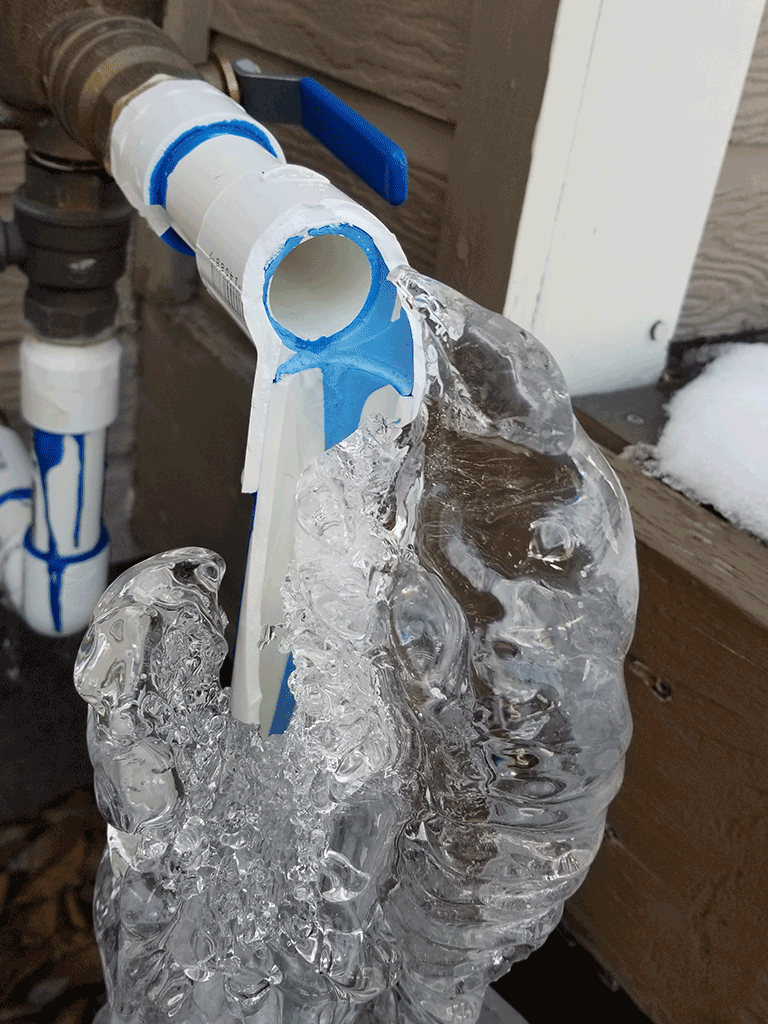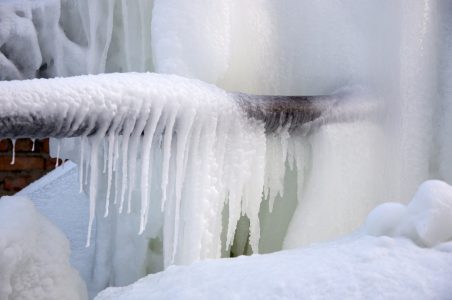Essential Strategies for Avoiding Frozen Pipes in Cold Weather
Essential Strategies for Avoiding Frozen Pipes in Cold Weather
Blog Article
Each person maintains their own perception with regards to How to Prevent Your Pipes From Freezing.

Winter can ruin your pipes, specifically by freezing pipelines. Right here's exactly how to avoid it from occurring and what to do if it does.
Introduction
As temperature levels decline, the danger of frozen pipelines rises, potentially resulting in costly fixings and water damage. Understanding just how to avoid icy pipes is essential for home owners in chilly environments.
Comprehending Icy Pipes
What creates pipes to ice up?
Pipelines freeze when revealed to temperatures listed below 32 ° F (0 ° C) for expanded periods. As water inside the pipes ices up, it expands, putting pressure on the pipeline wall surfaces and possibly causing them to rupture.
Dangers and problems
Icy pipelines can cause water supply disturbances, residential property damage, and pricey repairs. Burst pipelines can flooding homes and cause substantial architectural damage.
Indications of Frozen Piping
Determining icy pipes early can prevent them from breaking.
Just how to identify icy pipelines
Try to find reduced water flow from faucets, uncommon smells or noises from pipes, and visible frost on exposed pipelines.
Avoidance Tips
Protecting vulnerable pipelines
Cover pipes in insulation sleeves or make use of warm tape to safeguard them from freezing temperatures. Concentrate on pipes in unheated or external areas of the home.
Home heating techniques
Maintain interior rooms properly warmed, specifically locations with pipes. Open up cabinet doors to enable warm air to distribute around pipes under sinks.
Safeguarding Outdoor Plumbing
Yard pipes and outdoor faucets
Detach and drain pipes yard tubes prior to winter. Install frost-proof spigots or cover outdoor faucets with insulated caps.
What to Do If Your Pipelines Freeze
Immediate activities to take
If you presume frozen pipelines, keep taps available to alleviate pressure as the ice thaws. Utilize a hairdryer or towels taken in hot water to thaw pipelines slowly.
Long-Term Solutions
Architectural modifications
Consider rerouting pipes far from outside wall surfaces or unheated locations. Include additional insulation to attics, basements, and crawl spaces.
Updating insulation
Purchase top notch insulation for pipes, attic rooms, and walls. Correct insulation helps keep consistent temperature levels and decreases the threat of frozen pipelines.
Verdict
Stopping icy pipes needs aggressive measures and quick actions. By recognizing the causes, indicators, and safety nets, homeowners can safeguard their plumbing throughout winter.
5 Ways to Prevent Frozen Pipes
Drain Outdoor Faucets and Disconnect Hoses
First, close the shut-off valve that controls the flow of water in the pipe to your outdoor faucet. Then, head outside to disconnect and drain your hose and open the outdoor faucet to allow the water to completely drain out of the line. Turn off the faucet when done. Finally, head back to the shut-off valve and drain the remaining water inside the pipe into a bucket or container. Additionally, if you have a home irrigation system, you should consider hiring an expert to clear the system of water each year.
Insulate Pipes
One of the best and most cost-effective methods for preventing frozen water pipes is to wrap your pipes with insulation. This is especially important for areas in your home that aren’t exposed to heat, such as an attic. We suggest using foam sleeves, which can typically be found at your local hardware store.
Keep Heat Running at 65
Your pipes are located inside your walls, and the temperature there is much colder than the rest of the house. To prevent your pipes from freezing, The Insurance Information Institute suggests that you keep your home heated to at least 65 degrees, even when traveling. You may want to invest in smart devices that can keep an eye on the temperature in your home while you’re away.
Leave Water Dripping
Moving water — even a small trickle — can prevent ice from forming inside your pipes. When freezing temps are imminent, start a drip of water from all faucets that serve exposed pipes. Leaving a few faucets running will also help relieve pressure inside the pipes and help prevent a rupture if the water inside freezes.
Open Cupboard Doors
Warm your kitchen and bathroom pipes by opening cupboards and vanities. You should also leave your interior doors ajar to help warm air circulate evenly throughout your home.

I'm certainly very focused on Prevent Frozen Pipes and I'm hoping you liked the entire blog post. Sharing is nice. Helping people is fun. Thanks a lot for being here. Revisit us soon.
Call Today Report this page